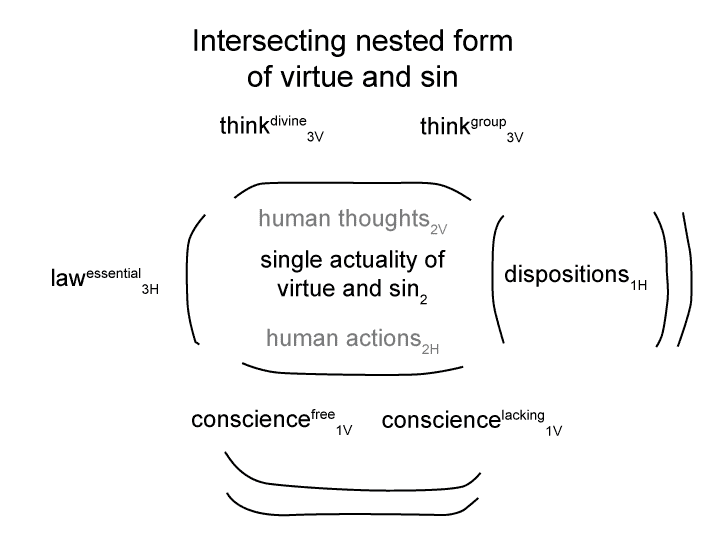Man and Sin by Piet Schoonenberg (1964) 2.3 AU
Summary of text [comment] page 81
[Ironically, later in the Old Testament, ‘the bones’ became ‘the symbol of the sovereign and the religious leaders’.
The metaphor was hijacked by the elites. They veiled the original meaning of the words with new interpretations. The ruling elites contextualized themselves. They justified their sovereign power. They were not building the character of the people. They were usurping it.
They called themselves ‘the blood and bones’ of Israel.
The bones were ‘the objects that bring all subjects into organization’.
This blood defined the elite’s will to power.]

